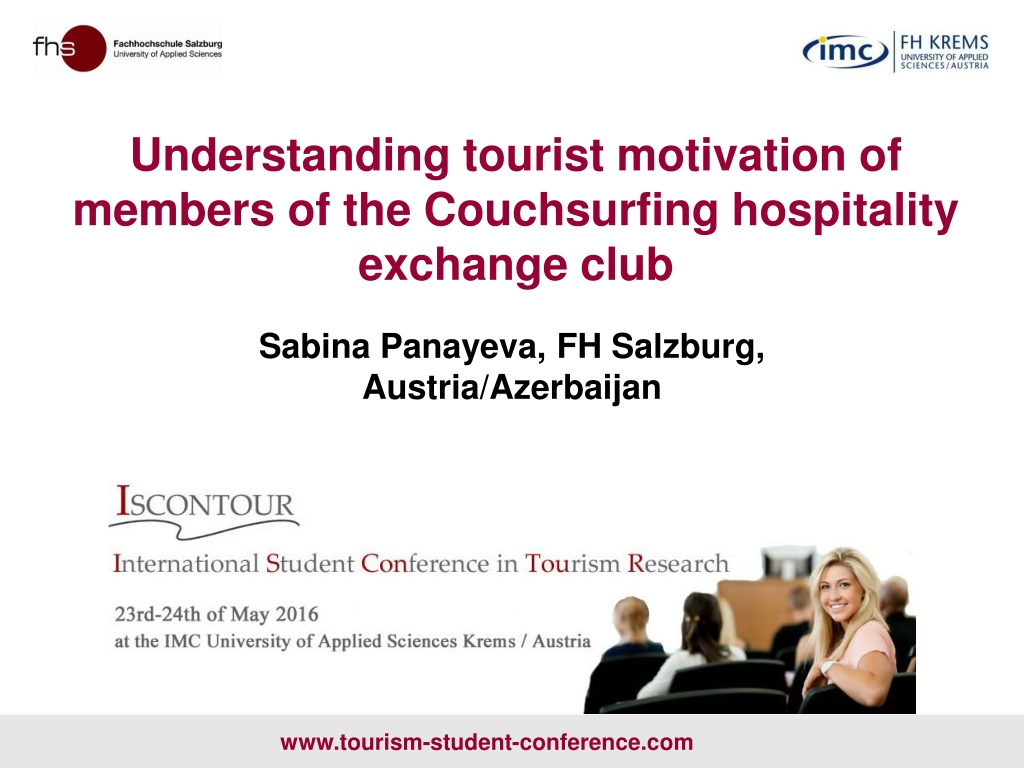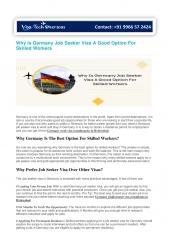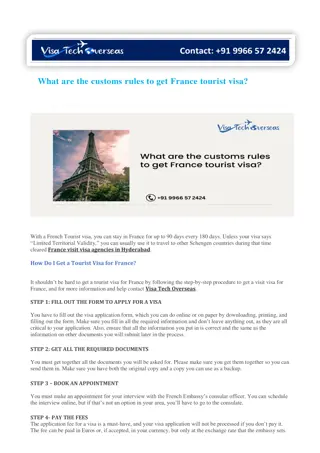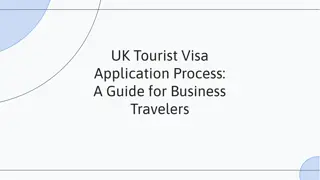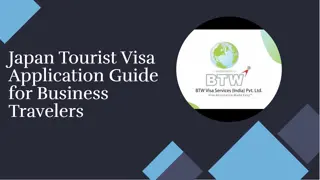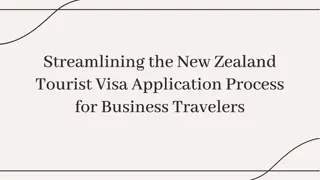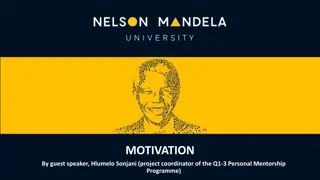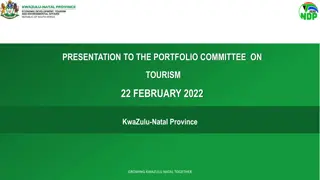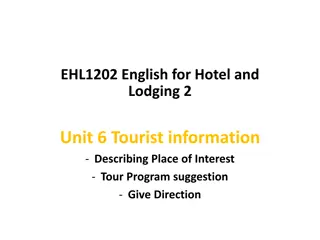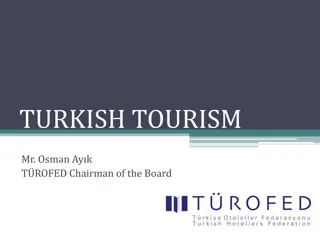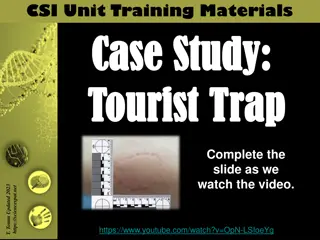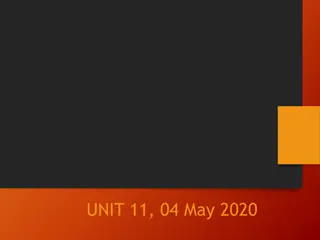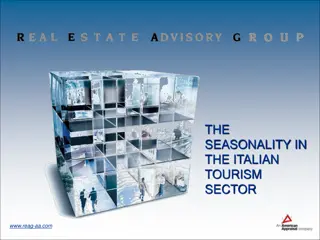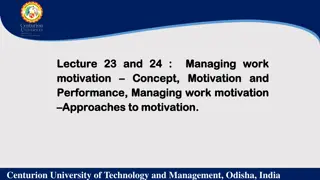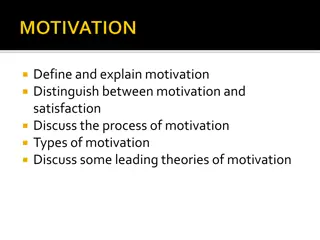Tourist Motivation in Couchsurfing Community
Researching tourist motivation within the Couchsurfing hospitality exchange club, exploring main travel motives and behavior of members. Analyzing the growth and unique aspects of the Couchsurfing community through theoretical review and empirical research methods.
Download Presentation

Please find below an Image/Link to download the presentation.
The content on the website is provided AS IS for your information and personal use only. It may not be sold, licensed, or shared on other websites without obtaining consent from the author.If you encounter any issues during the download, it is possible that the publisher has removed the file from their server.
You are allowed to download the files provided on this website for personal or commercial use, subject to the condition that they are used lawfully. All files are the property of their respective owners.
The content on the website is provided AS IS for your information and personal use only. It may not be sold, licensed, or shared on other websites without obtaining consent from the author.
E N D
Presentation Transcript
Understanding tourist motivation of members of the Couchsurfing hospitality exchange club Sabina Panayeva, FH Salzburg, Austria/Azerbaijan www.tourism-student-conference.com
Why researching Couchsurfing? Tourist motivation has a complex nature Interconnection between consumer and motivators No exact answer to the question: Why do people travel ? Highly important to analyze a specific tourist group The growth of Couchsurfing community To investigate whether tourist behaviour and travel habits of Couchsurfers differ from other touristic groups ISCONTOUR 2014
Research methods & strategy Research Question: what are the main travel motives of the members of the Couchsurfing network? Sub-Question: what characterises the travel behaviour of the members of the Couchsurfing network? ISCONTOUR 2014
Paper structure Theoretical review Empirical research I. Consumer behaviour in tourism II. Tourist motivation III. Understanding Couchsurfing phenomenon IV. Methodology I. Qualitative research method results II. Quantitative research method and findings ISCONTOUR 2014
Consumer behaviour in tourism Theoretical framework consumer behaviour Factors influencing holiday decisions Explanation of consumer/tourist behaviour Market segmentation inc. Plog s model Nature of tourism product ISCONTOUR 2014
Tourist motivation Theoretical framework tourist motivation Comparison of motivational models and tourist typologies Types of tourism and purposes of travel Analysis and interpretation of tourist motivation A brief tourism history ISCONTOUR 2014
Understanding the phenomenon Started in 2004 by Casey Fenton, Daniel Hoffer, Sebastian Le Tuan and Leonardo da Silveira A global network of 10 million travellers Hospitality exchange community It is not just about the furniture! Couchsurfing International, 2015. ISCONTOUR 2014
Methodology Inductive approach Cross-sectional design Deductive approach ISCONTOUR 2014
Qualitative research in practice Couchsurfers describe themselves Purpose of travel Face-to-face semi-structured interviews 20 Couchsurfers Benefits from being connected to the CS community Motivation to become a Couchsurfer Expectations from host/guest ISCONTOUR 2014
Quantitative research in practice ISCONTOUR 2014
Quick Statistics: Travel habits of Couchsurfers The majority (105 part.) travels twice per year Average trip duration - 10/more days (37%) 36% of respondents travel alone; 32% - with friends Couchsurfers prefer natural and cultural attractions Couchsurfers are not mass tourists I am not a tourist. I am a traveller I do not usually go to tourist places I try to find new ways how to see country or the land, the scene, some new ways to discover the country. I am not a typical tourist Interviewee L1. ISCONTOUR 2014
Means comparison 1. While travelling Couchsurfers hardly stay in a 5 star hotel and would rather stay in cheaper accommodation. 2. It is highly important for Couchsurfers to learn about a new culture and expand their global network. ISCONTOUR 2014
Means comparison 3. Chances to experience a new culture and budget are important attributes when it comes to choosing a destination. 4. The main purpose to couchsurf is to get to know local people and improve foreign languages. ISCONTOUR 2014
Means comparison Middle-class hotels (3.43) 1. Most preferred accommodation type 5 star hotels (1.95) 1. Least preferred accommodation type Health (3.31), expand global network (3.30) and leisure opportunities (3.27) 2. Main push factors Experience new culture (4.36), landscape (4.15), budget (4.09) 3. Main pull factors To get to know local culture (4.46) 4. Main purpose ISCONTOUR 2014
Independent Samples T-Test Whether the purpose of using CS differs between male and female network users (p value = 0.000468, less than 5%). Purpose Gender Mean Find love/sex partner Female Male 1.59 2.03 ISCONTOUR 2014
One-way ANOVA 1. Single Couchsurfers or the ones who divorced a partner might have different purposes to travel. ISCONTOUR 2014
One-way ANOVA 2. Selection of accommodation type depends on a travel accommodation. ISCONTOUR 2014
Correlations analysis 1. Is it true that people who look for belongingness needs also do CS to make new friends? ISCONTOUR 2014
Correlations analysis 2. Correlation between needs for self-actualization ISCONTOUR 2014
Correlations analysis 3. Whether seeing a place from a local s perspective is related to the authentic experience. ISCONTOUR 2014
To sum up Couchsurfers do not consider themselves tourists Have high demand for experiencing a foreign culture Usually travel on a low budget Visit natural and cultural attractions Have high self-actualization need ISCONTOUR 2014
Limitations The author is not a member of the network Requests remained unaswered Misunderstanding of research goal Official statistics was not found Mostly people in the age group of 21-30 were reached ISCONTOUR 2014
Thank you for your attention! ISCONTOUR 2014
